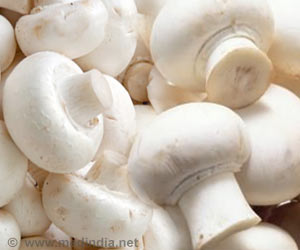We can all think of great sports rivals: tennis players Andre Agassi and Pete Sampras, basketball players Magic Johnson and Larry Bird or swimmers Michael Phelps and Ryan Lochte.

Rivalries are distinct from other competitions as those involved place higher stakes on their performance independent of any tangible outcomes. "Take the rivalry between Andre Agassi and Pete Sampras. They have held exhibition matches for charity in recent years, and despite the fact that both players have long been retired and that the outcomes of these matches carry no financial stakes, they are fiercely competitive with each other," says Gavin Kilduff of New York University's (NYU) Stern School of Business. "I would argue that this is due to the longstanding rivalry relationship between these two, which encompasses their long history of competing against each other."
After feeling puzzled by past research suggesting that competition can be detrimental to motivation – in sports or otherwise – Kilduff turned to rivalries to see if motivation varies based on who we are competing against and the relationship we have with those people. "I suspected that rivalry might have very different consequences from the kind of coerced laboratory competition that characterized most prior research."
In his new study published today in Social Psychological and Personality Science, Kilduff took two approaches to studying rivalries: First, he surveyed people online about their feelings toward rivals, as well as characteristics of the rivalries. Then, he analyzed results from 184 races over a 6-year time period in a U.S. running club to try to identify rivalries and to match them to changes in performance over time. The races ranged from 3 to 21 kilometers, but most were 5K runs.
Runners who Kilduff surveyed reported having about three rivals on average. "I think some people may find it surprising that runners actually pick one and another out at these kind of races but my experiences speaking with them suggests they indeed do," he says. Also without prompting, these runners reported that rivalry motivated them to train and race harder and faster.
Online survey data also revealed several factors that lead to rivalry: similarity (e.g. age and gender), repeated competition, and closely-decided contests. Using these factors, Kilduff identified pairs of rivals in three years of race data – matching up people who were similar, had run many races together, and who had finished with similar race times. He then looked at the subsequent three years of race data to see how the performance of these pairs changed over time.
Advertisement
"How we behave in competition situations depends on our relationship and history of interaction with our opponent," Kilduff says. "This suggests that we may be able to boost our own levels of motivation and performance by either forming rivalries or harnessing the ones we already have. It might also get us to think about whether other individuals in our lives may view us as their rivals."
Advertisement
Source-Eurekalert










